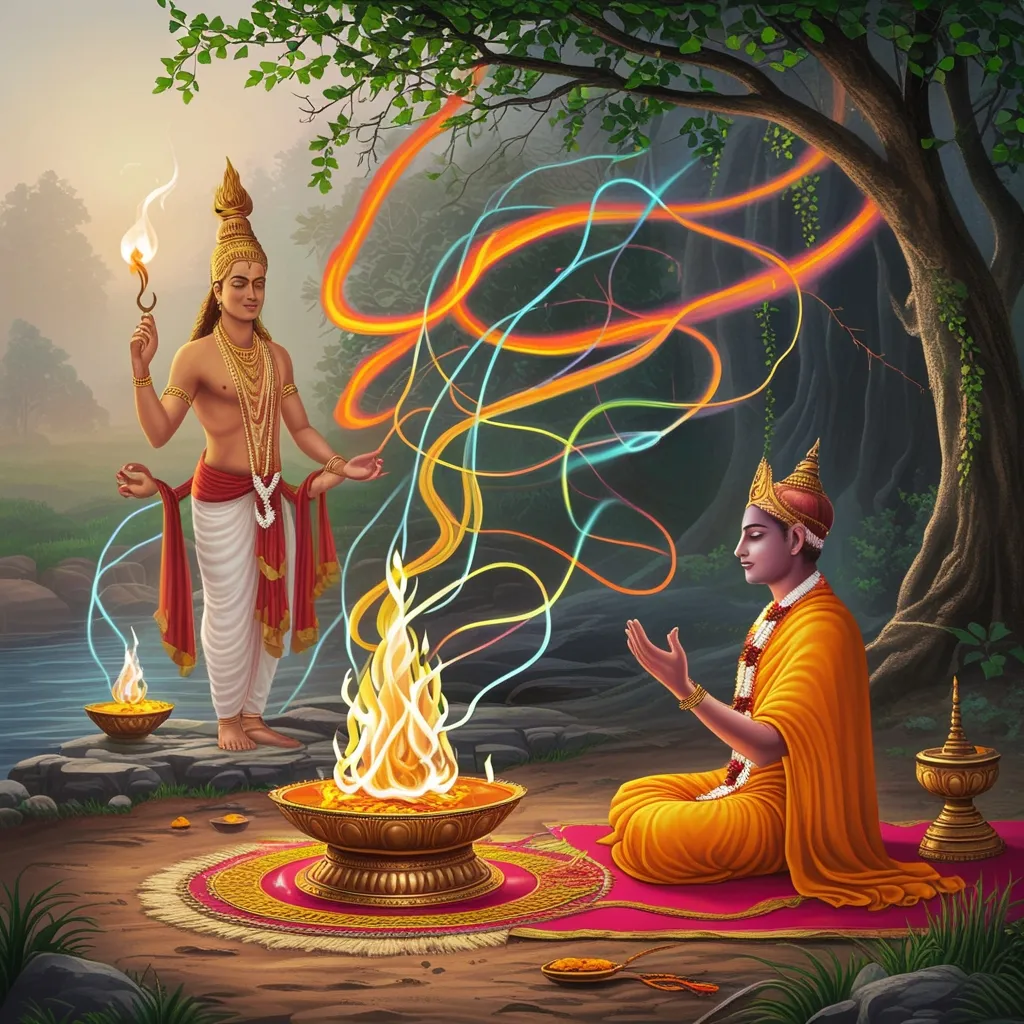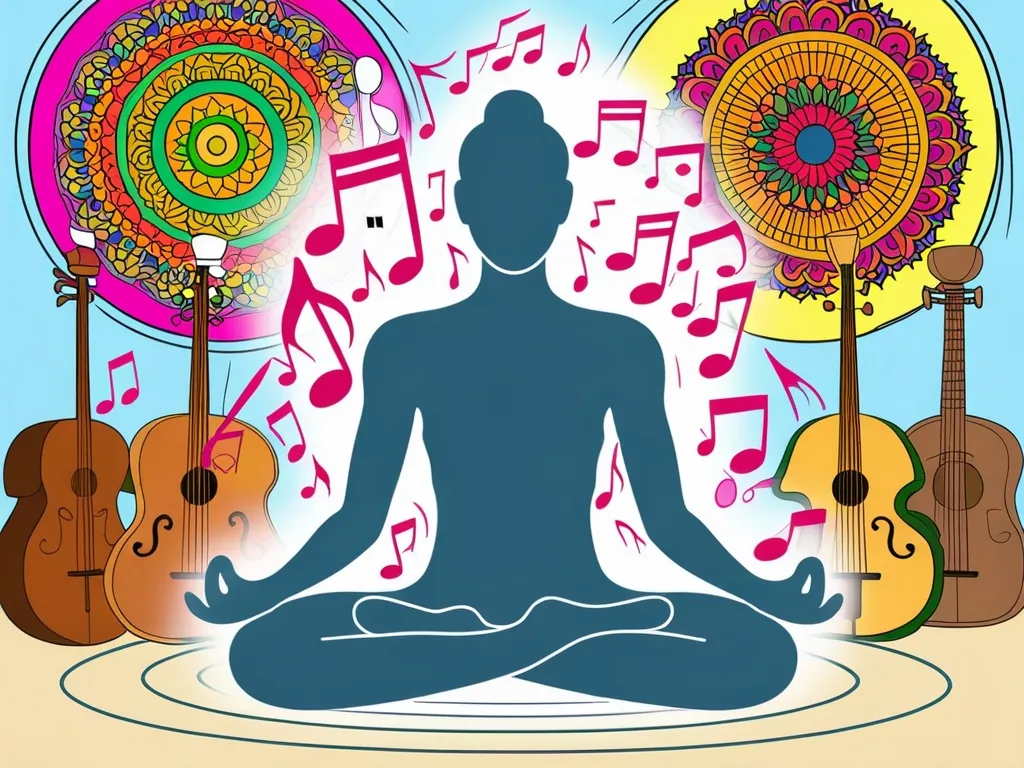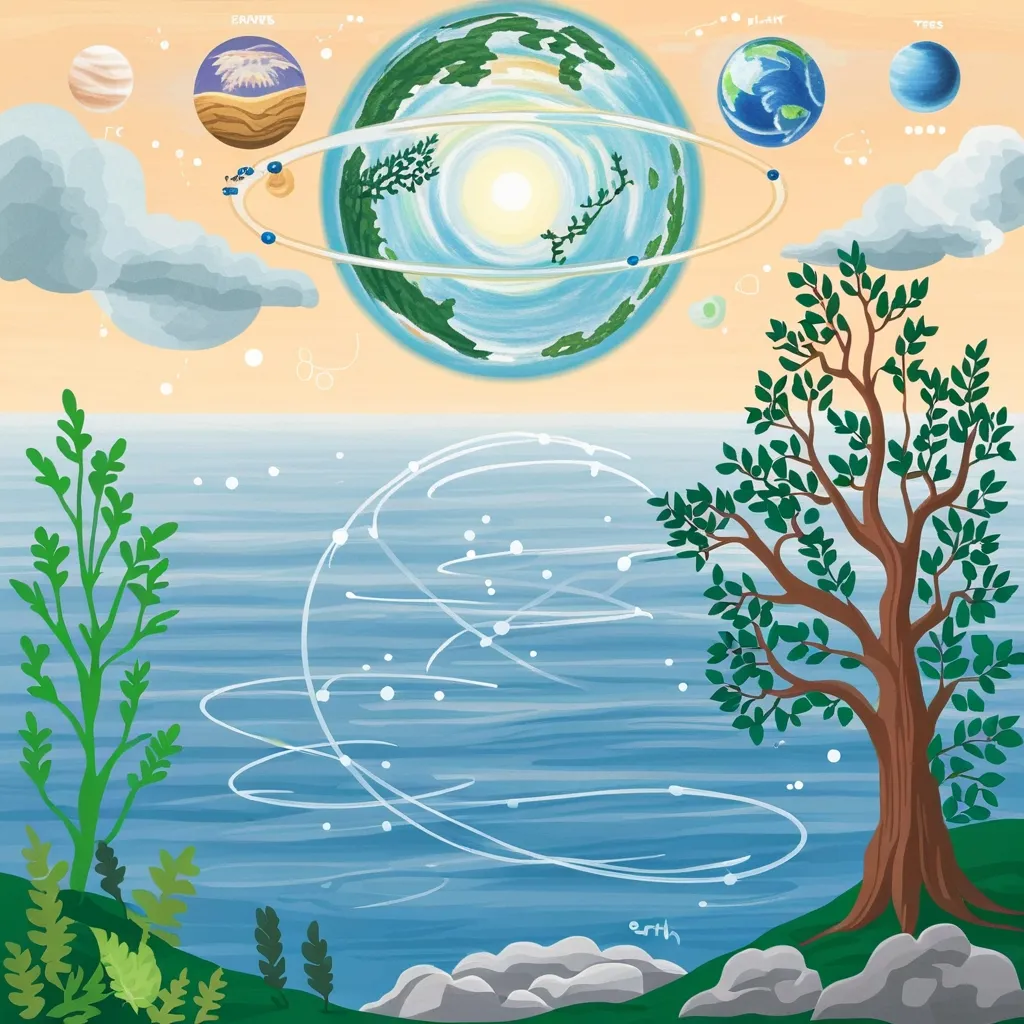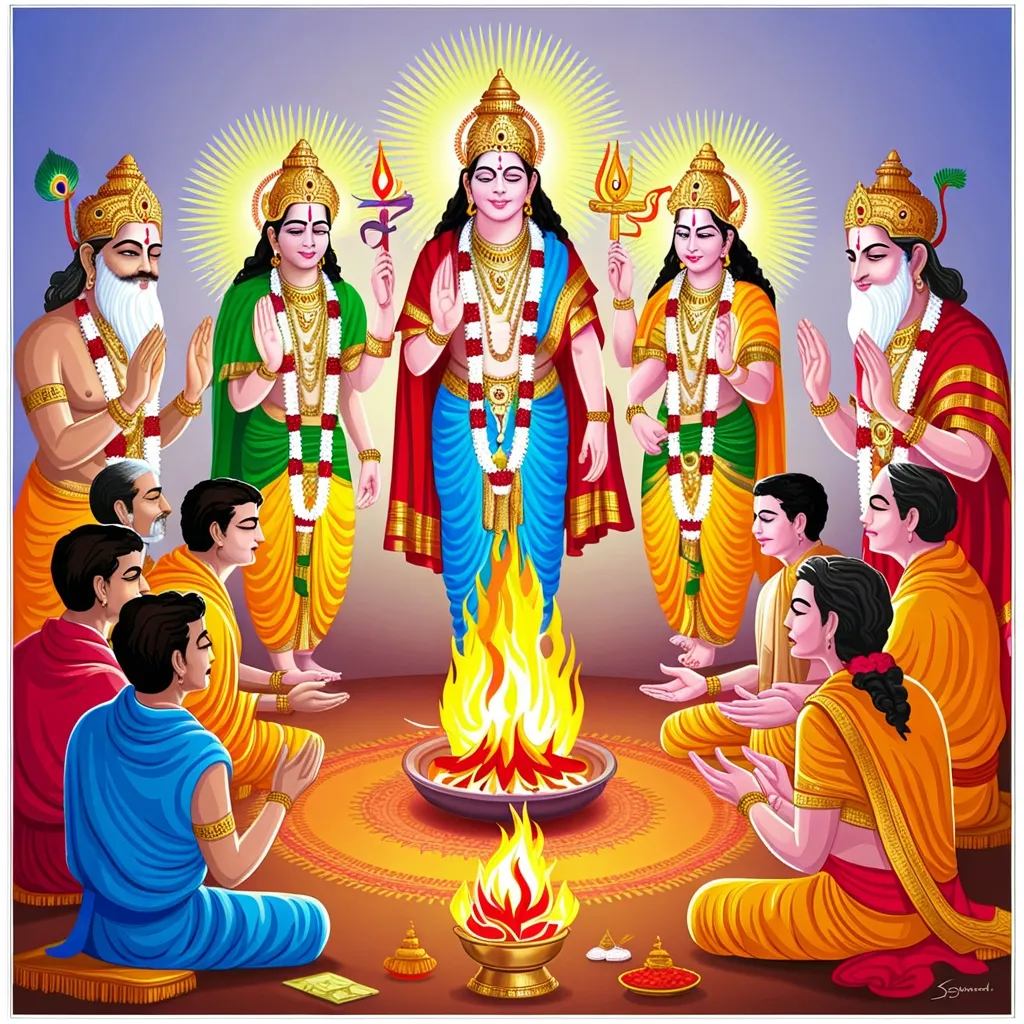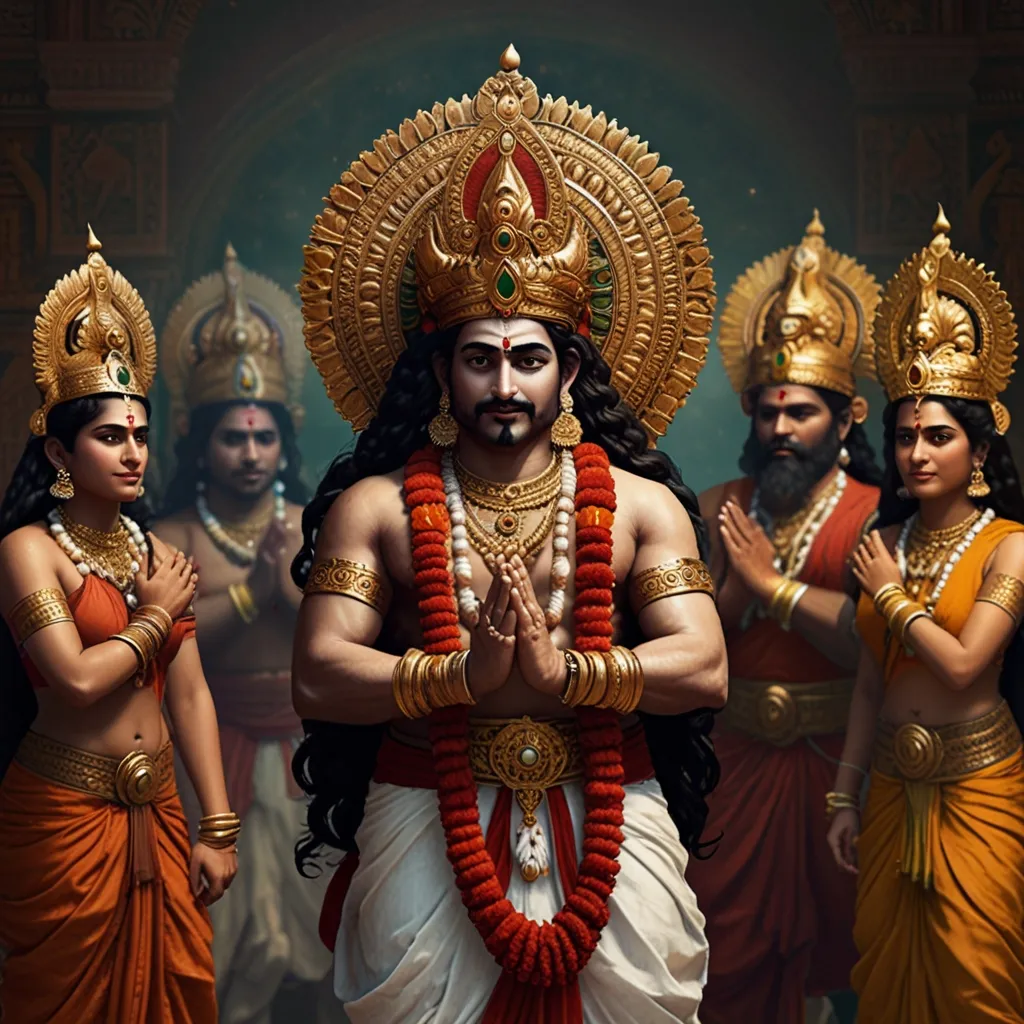The Yajurveda is likely one of the coolest texts in the vast realm of Hindu scriptures. It’s like this giant, intricate guidebook bursting with rituals, philosophies, and loads of wisdom about life energy—Prana. Honestly, this Veda is pretty unique because it doesn’t just talk about rituals; it goes deep, exploring the very essence of life and existence.
First off, the Yajurveda is all about rituals. If you imagine ancient Vedic times, there’s this priest called the Adhvaryu who’s essentially the master of ceremonies, making sure all the sacrificial rituals go smoothly. The term “Yajur” means “to worship,” which sets the stage for its main theme—sacrifice and worship. This book is not just a manual for these practices; it’s a treasure trove of philosophy, particularly on the concept of Prana.
So, what’s Prana, you ask? Think of Prana as the vital life force or energy that keeps us alive and kicking. In the Yajurveda, Prana isn’t just what gets you up in the morning; it’s the bridge between your physical body and your mind. Imagine a river that connects two shores—Prana is that river, allowing life to flow and function.
In terms of rituals, the Yajurveda links Prana with almost every sacred practice it describes. For instance, the Agnihotra ritual, which involves offering stuff into a sacred fire, hinges heavily on Prana. The priest needs to masterfully control this life energy to execute these rituals effectively. It’s like being a spiritual firestarter, channeling this powerful force.
Beyond the rituals, the Yajurveda dives into some serious philosophical territory with Prana. It’s not just about moving or controlling this energy—it’s about understanding that Prana is essentially a form of consciousness. This means that by controlling Prana, you can influence your mind, potentially reaching higher consciousness and new levels of spiritual awareness. Yogic practices take a lot from this idea, using Pranayama (breath control) and other techniques to harness Prana for personal and spiritual growth.
The Veda even breaks Prana down into different types, each with its specific roles in keeping you healthy and balanced. There are five main types—Prana, Apana, Udana, Samana, and Vyana. Each one does a different job in your body, and mastering these through yoga can lead to both physical and mental well-being.
One cool thing about Prana in the Yajurveda is its connection to yogic practices. Prana Yoga is all about waking up that vital energy inside you. Techniques like Pranayama and meditation are key, helping you to connect deeper with yourself and, according to the texts, the divine. This isn’t just about breathing exercises—it’s about combining breath control with mantras to power up both your body and mind.
Speaking of the divine, the Yajurveda doesn’t shy away from linking Prana directly with universal energy. It suggests that Prana is not only a personal life force but a manifestation of the divine energy that’s everywhere. By mastering your Prana, you’re essentially plugging into a universal power source, raising your consciousness and possibly even reaching enlightenment.
Looking at the Yajurveda also gives us a peek into the world of ancient Vedic societies. It describes different regions and social structures, weaving the concept of Prana into daily life and religious practices. It’s like having a snapshot of the past, showing how important this life energy was in those times.
The Yajurveda itself branches into two main parts: the Shukla (White) Yajurveda and the Krishna (Black) Yajurveda. Each one has its own collections of texts, called samhitas. The Shukla Yajurveda has the Madhyandina and Kanva samhitas, while the Krishna Yajurveda features the Taittiriya, Maitrayani, Kathaka, and Kapisthala samhitas. The Shukla separates its mantras and brahmanas clearly, whereas the Krishna mixes them up, giving each its own flavor.
Wrapping it all up, the Yajurveda’s take on Prana shows just how deep and rich Vedic philosophy really is. It doesn’t just look at life energy in isolation but explores how it ties the physical, mental, and spiritual aspects of our existence together. Through its blend of detailed rituals and profound yogic practices, the Yajurveda offers a path towards spiritual self-realization and understanding life’s deeper mysteries. It’s no wonder this text continues to inspire and guide those on a quest to unlock the secrets of the universe and embrace the essence of life.
